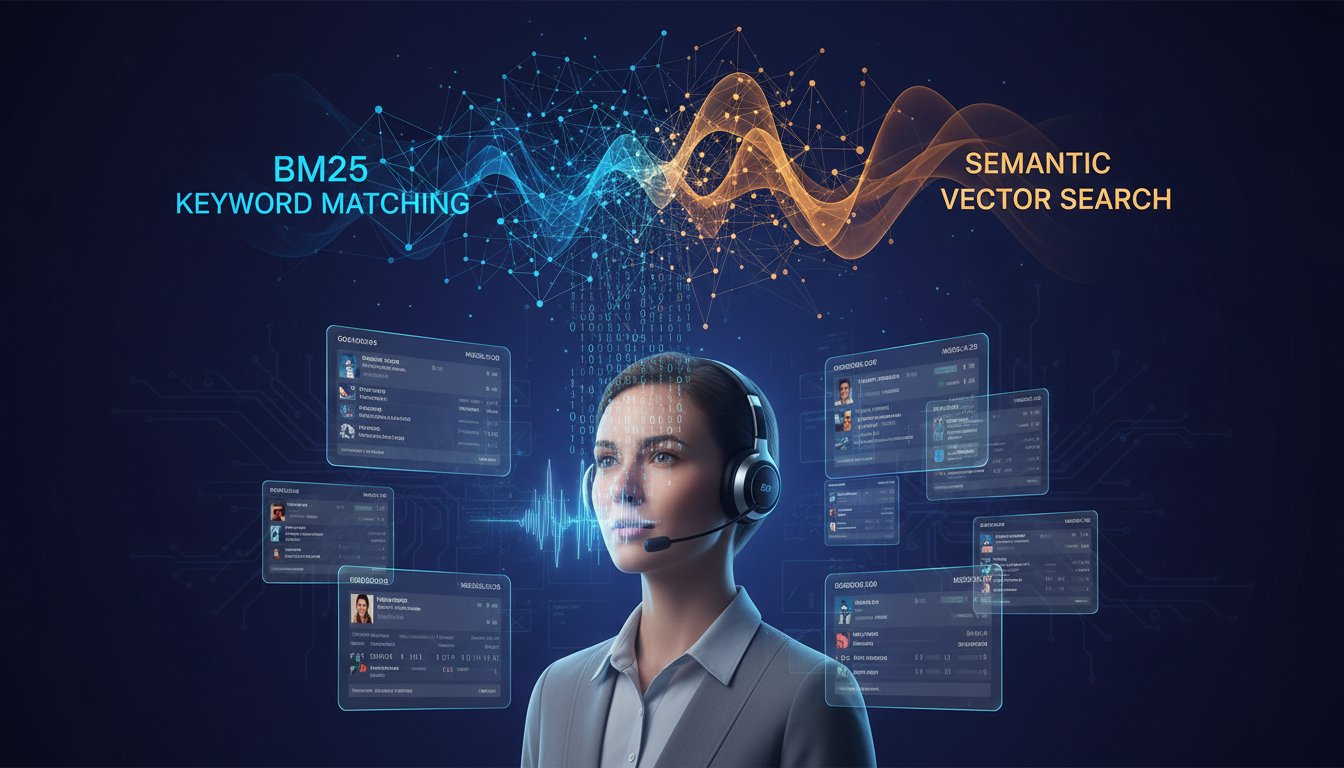The corridors of enterprise technology are buzzing with a transformative energy, and at its heart are intelligent AI agents. Imagine a workforce augmented by digital colleagues that don’t just follow instructions but anticipate needs, conduct sophisticated research autonomously, and learn continuously from every interaction. This isn’t a scene from a distant future; it’s the rapidly approaching reality, signaling a fundamental shift in how businesses operate, innovate, and compete. The promise is immense: unparalleled efficiency, deeply personalized customer experiences, and accelerated decision-making. These aren’t your basic chatbots of yesteryear; we’re talking about sophisticated entities capable of complex reasoning and proactive engagement, poised to become indispensable to daily operations.
However, this exciting frontier brings with it a significant challenge: how do organizations effectively integrate these advanced AI agents into their existing complex ecosystems? More specifically, for enterprises leveraging or looking to leverage Retrieval Augmented Generation (RAG) systems, the question becomes even more critical. How must RAG architectures evolve to not only support but also empower these super-intelligent agents? The challenge lies in ensuring these agents are grounded in factual, relevant, and up-to-date enterprise knowledge, preventing an over-reliance on the potentially unverified information inherent in foundational models alone. Without a robust RAG strategy, the power of these agents could be diluted, or worse, lead to misguided actions based on incomplete or inaccurate data.
Fortunately, pioneering efforts are emerging to address these integration challenges. NVIDIA’s initiative to establish an “Enterprise AI Factory,” in collaboration with its partners, offers a compelling preview of the structured approach required. By providing validated designs and blueprints, they aim to streamline the deployment of intelligent AI agents, making their advanced capabilities more accessible to businesses. For RAG systems, this signifies an evolution beyond simple document retrieval. It necessitates the development of RAG frameworks that can handle more dynamic query understanding, provide nuanced contextual information, and seamlessly integrate with agents designed for improved communication, research, and learning. The solution involves building RAG systems that are not just repositories of information, but active participants in the agent’s reasoning process.
In this comprehensive exploration, we will delve into the ascent of intelligent AI agents and dissect what makes them a game-changer for modern enterprises. We will closely examine NVIDIA’s vision for an Enterprise AI Factory and its implications for standardizing and accelerating AI adoption. Furthermore, we’ll confront the escalating computational demands these powerful AI systems impose and, crucially, outline how your RAG strategy must adapt. This post aims to equip you with the insights needed to prepare your organization for this agent-driven future, ensuring your RAG implementations are not just current, but revolutionary.




